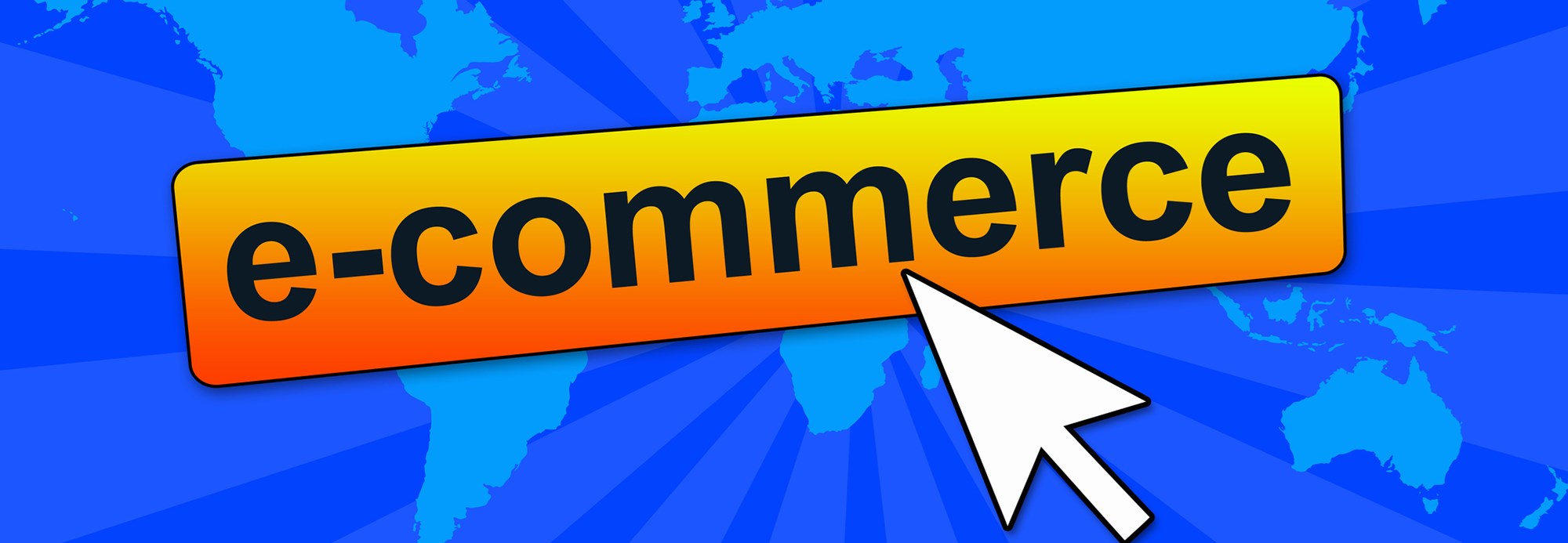
Global online grocery up 15% in two years
Global online purchasing of packaged and fresh groceries has surged by 15 percent in the past two years, leading to an estimated increase of US$ 70 billion in online sales of FMCG (Fast Moving Consumer Goods).
The 2018 Nielsen Connected Commerce Report reveals that 26% of all digital consumers purchased fresh groceries online in first quarter of 2018.
Fashion, travel and books continue to account for the largest proportion of online transactions.
South Korea most extreme
“From tracking the e-commerce evolution in pioneering countries like South Korea where online sales now account for a staggering 20% of the total FMCG sector, we know that consumers follow a certain pattern of online shopping behavior,” observes Pete Gale.
“Travel, fashion and books are typical categories for first-time online shoppers, but as their familiarization, comfort and trust levels increase, their category repertoire expands into areas like beauty, personal care and baby products, and then moves even wider afield to packaged and fresh grocery categories.
Money back guarantee
This Nielsen report reveals that consumers are more open to purchase packaged and fresh groceries online when they are offered certain purchasing options and quality assurances.
49% of consumers said that a money back guarantee for products not matching what was ordered would encourage them to buy online.
A further 45% of consumers are tempted by same day product replacement service for products not available, while 44% are looking for free delivery services for purchases above a minimum spend.
From domestic to global online shopping
The online retail ecosystem is fast evolving, and increasingly shoppers no longer simply go to the nearest store. Rather, they grab the nearest digital device.
And with the world at our fingertips, why only shop domestically?
In fact, digital analytics firm eMarketer projects that online retail sales will more than double between 2015 and 2019, and account for more than 12% of global sales by 2019. Retail therapy is giving way to e-tail therapy.
While connected commerce is still largely a domestic affair, with consumers primarily ordering from retailers in their own country, cross-border ecommerce is a growing. Shoppers are increasingly looking outside their country’s borders, as more than half of online respondents in the study who made an online purchase the past six months say they bought from overseas retailers (57%).
True globalization
“Retail has been one of the last holdouts of globalization, but technology is giving consumers access to a world of products previously unavailable,” says Patrick Dodd in Nielsen global retailer vertical:
“Choice is greatly upgraded by cross-border e-commerce. In many developing markets, the growing middle class is trading up and demanding greater assortment than found at their domestic retailer. For example, these consumers are looking overseas to purchase authentic foreign brands, often at lower prices than they can find in their home country. Meanwhile, developed-market consumers gain access to a range of goods directly from foreign companies at often significant discounts to what they would pay domestically.”
With more choices available to consumers than ever before, the shopping experience becomes a key differentiator between banners. Optimizing practice starts with a deep understanding of the local market, including local perceptions, delivery infrastructure, technology adoption and much more.
Retailers must ensure that products meet quality standards, that prices are set reasonably, that logistics systems are safe and efficient, and very important is that after-sales service is optimized for fair refunding/exchanging processes.
Sources: www.nielsen.com, www.reuters.com, Dansk Handelsblad.